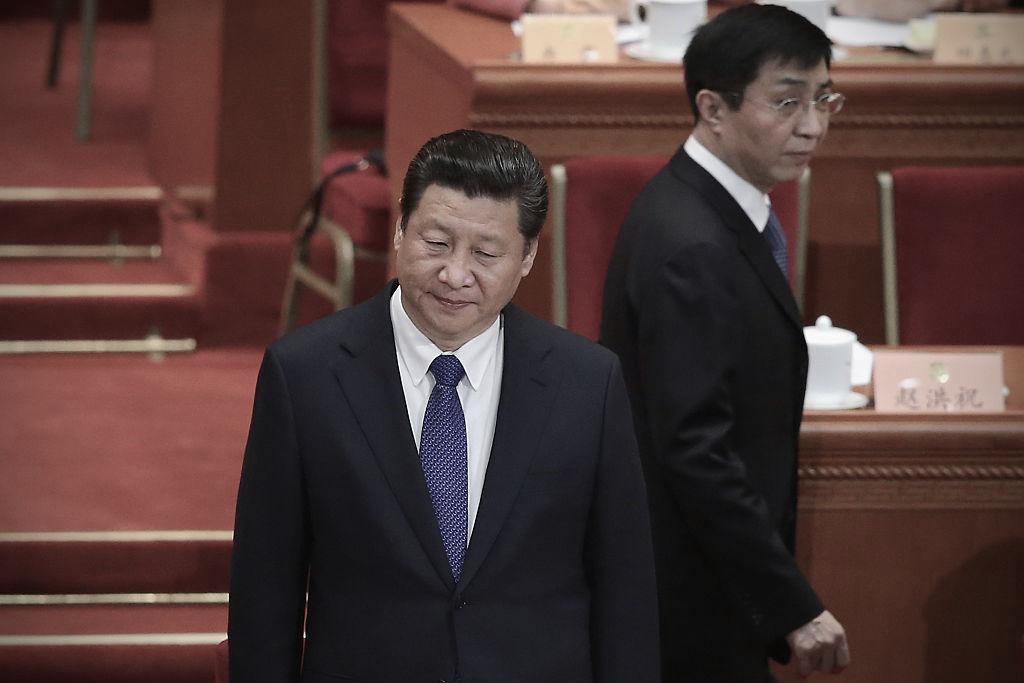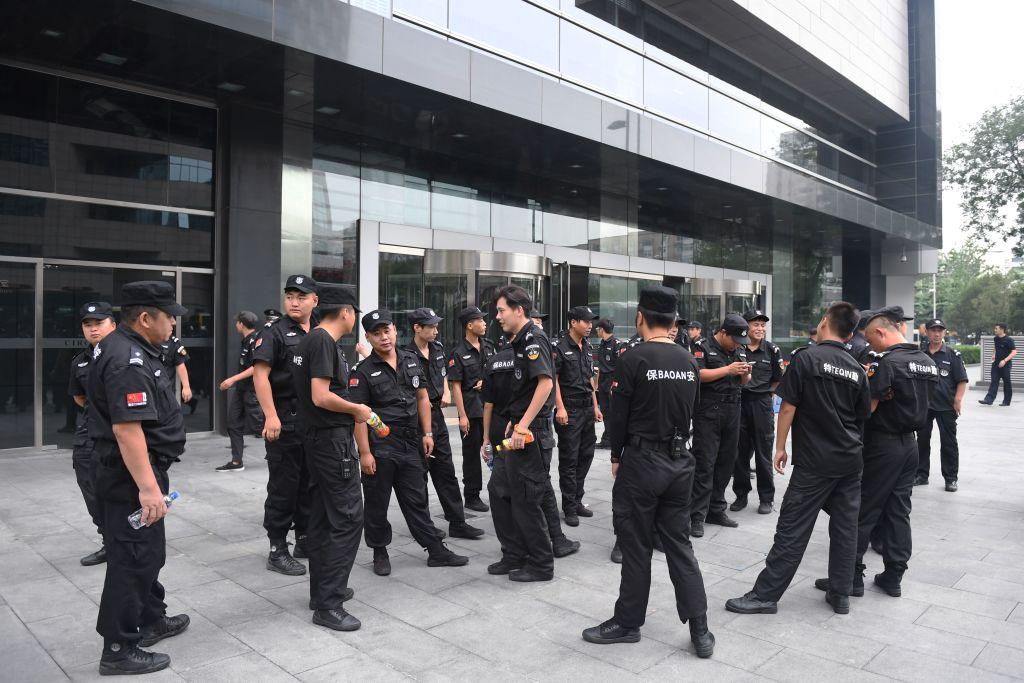For anyone who dreams of and pursues “absolute equality and common prosperity for all,” Huaxi Village in China came close to being that utopian dream; the only problem is, after enjoying world renown as “the richest village in China” for decades, Huaxi is now facing bankruptcy.
In late February, a short video of hundreds of people lining up in rain in front of a building in Huaxi Village was circulating on the internet. It looked like a run on banks by worried villagers seeking to withdraw their savings.




